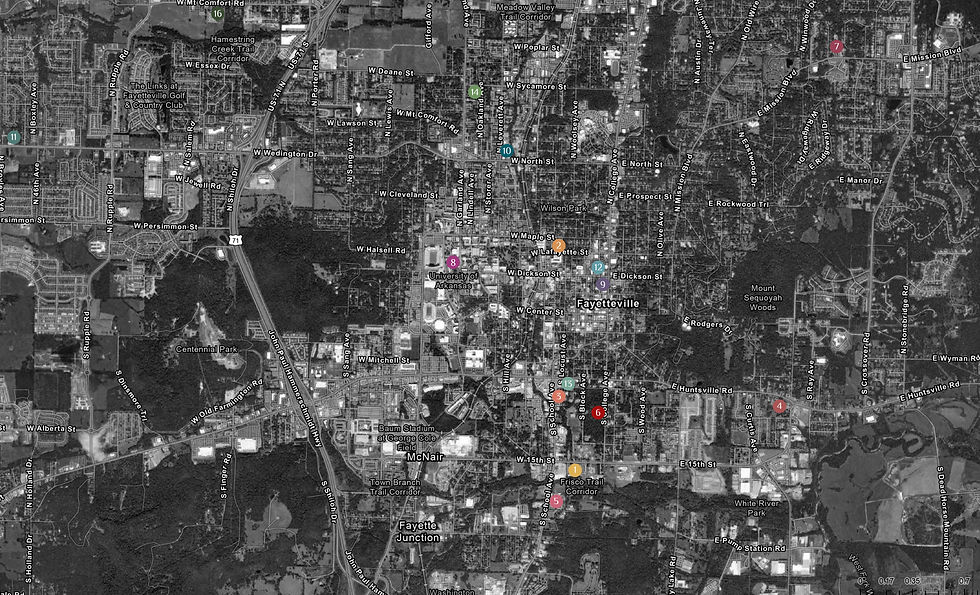Nourishment
- cnlents
- Nov 19, 2022
- 2 min read
Updated: Dec 11, 2022
Food is one of the fundamental elements of life. We can’t survive without it and our relationship with it shapes our life. Establishing a positive relationship with healthy food early on is vital for our overall health and well-being throughout our life. Most of the time this starts as a kid developing healthy habits that are carried into adulthood, but forming these habits requires access and education that isn’t available for everyone. Even if these habits are developed in childhood, that doesn’t always mean that they will continue into adulthood due to various circumstances. These might include poverty, limited transportation, and/or access. The Feeding America program projected that 1 in 8 people experienced food insecurity in 2021. This means that about 42 million people in the US alone didn’t know where their next meal was coming from. What does this mean closer to home?
Arkansas
Arkansas specifically is ranked 50th out of the 51 states in food security. Meaning that 17% of state residents experience food insecurity. That is insane considering that Arkansas is also an agricultural state and is one of the biggest rice producers in the world. To zoom in even more, 14.4% of Fayetteville residents experience food insecurity and 26% of residents live in a defined food desert. I had no idea that this was such a big issue here. What areas in Fayetteville struggle the most with this? What areas struggle the least? What is being done to combat this?
To begin answering some of these questions, I tried to find all of the food banks in Fayetteville. This should theoretically show the areas that struggle with food insecurity the most because they will be the ones with more food banks.


Many of these food resources are near College Ave. This area is very commercial so it makes sense that these would be in busier areas, but I expected to see a few in more residential areas. They are also secondary programs located in buildings that serve some other main purpose, either a church, senior center, homeless center, or school. There doesn’t seem to be a place where the entire purpose is to supply food to those who need it. The area near campus is relatively void of food support too. The only resource is the June B. Gearhart Full Circle Campus Food Pantry. With the unreasonable number of people who live on campus and/or spend a majority of their time on campus, you would think that there would be more food support. Where else can these people get food? This area is my main community.

The zone directly adjacent to my home and school is pretty empty. The only sources of healthy food are not really walkable, but there is a lot of fast food up and down MLK jr Blvd. So the only options for food are either have some sort of transportation or rely on these unhealthy sources. Further research into this area revealed that I actually live in a food desert. Below is a map from the USDA Interactive Food Desert Toolkit that shows how this food desert stretches under MLK jr Blvd from I-49 to S City Lake Rd. This area is so close to the university and downtown Fayetteville.

Resources:




Comments